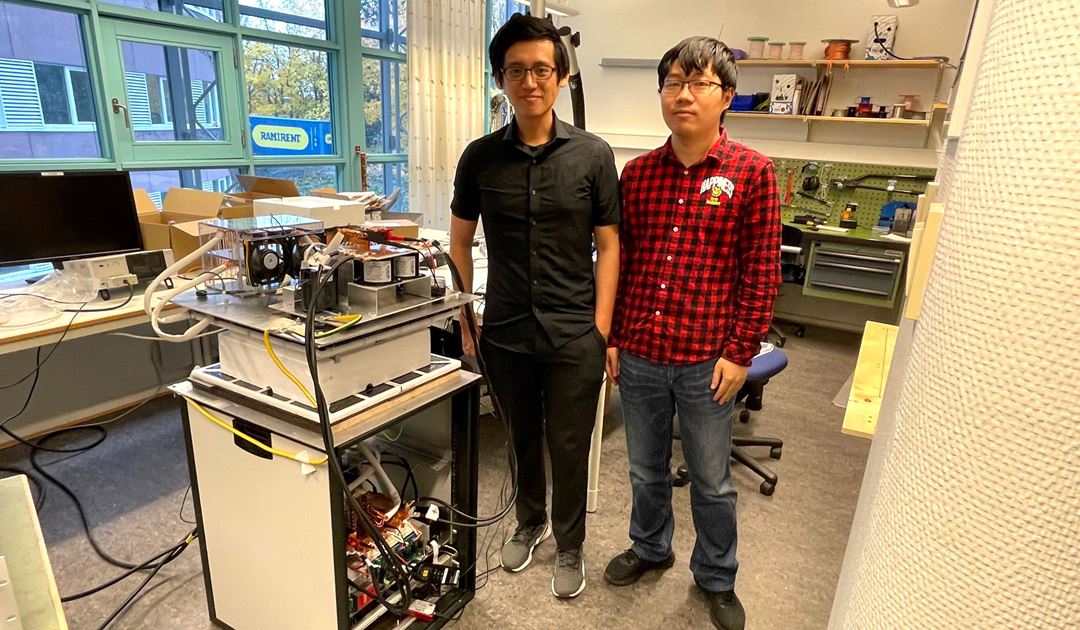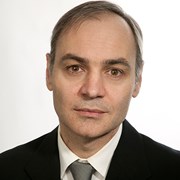Solutions for inductive power transfer (IPT) in the MW-scale have recently been demonstrated for wireless battery charging of electric ferries.
This technology allows for automated and contactless power transfer between a charging station at the dock and the electrical power system on-board a vessel. Thus, IPT-based wireless charging can maximise the energy transfer to large battery-powered vessels operating on tight schedules with short docking times, while avoiding problems with wear and tear or corrosion of direct electrical contacts in harsh environments. However, the MW-scale technology developed for electric ferries is not applicable for light passenger vessels or other types of high-speed maritime transportation where strict requirements for low weight is of critical importance.
This project is developing design methods and control strategies intended for enabling utilization of wireless IPT technology in maritime transport applications with high power density requirements. The general target has been to enable a 50 % improvement in power density compared to existing high-power solutions.
This is being achieved by developing a systematic approach for multi-domain modelling and methodologies for multi-objective optimization of components, system configurations and control strategies for IPT technology in maritime transport applications.

The results obtained within the project demonstrate that the main target in terms of power density is achievable and that the performance can be improved even beyond the initial expectations.
At the same time, the activities in the project have identified several challenges for controlling the power flow in systems optimized for low weight by using a minimum number of components. Therefore, several methods for ensuring stable and accurate control of the power flow in such IPT systems have been developed within the project. These methods ensure that the system can be controlled to avoid or damp critical oscillations frequencies that can appear under certain operating conditions.
The theoretical analysis and the methods for system design, modelling and control being developed in the project provide a scientific basis for further industrial research and future development of solutions with significantly improved performance compared to the technology that has previously been demonstrated by relevant industries.


